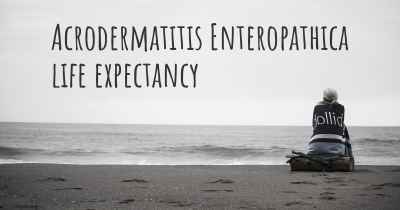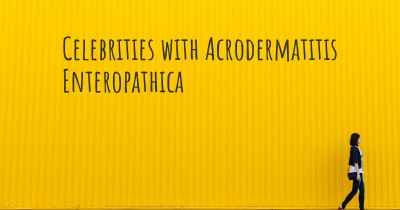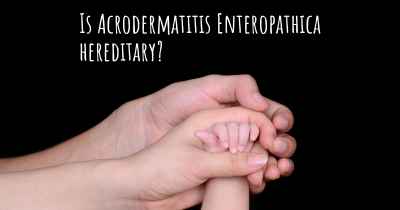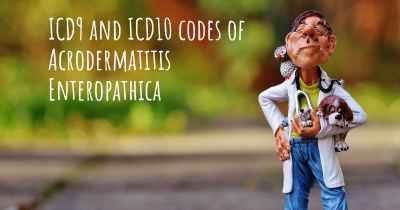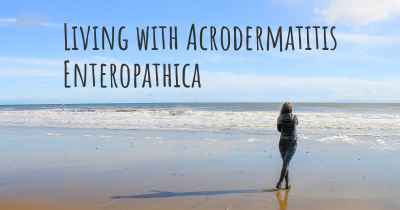What is the history of Acrodermatitis Enteropathica?
When was Acrodermatitis Enteropathica discovered? What is the story of this discovery? Was it coincidence or not?
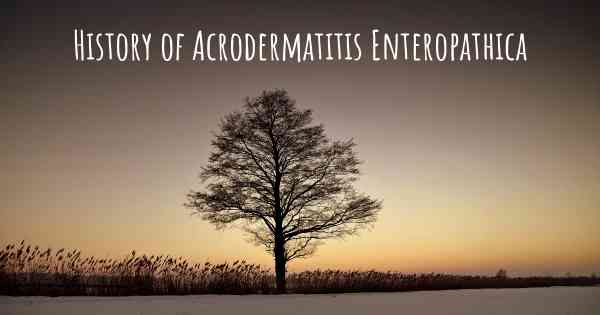
Acrodermatitis enteropathica (AE) is a rare genetic disorder characterized by the impaired absorption of zinc from the diet. This condition was first described in the medical literature in the early 20th century, and since then, significant progress has been made in understanding its causes, symptoms, and treatment.
The history of AE dates back to 1929 when a Swiss dermatologist named Dr. Guido Fanconi encountered a young girl with a severe skin rash and diarrhea. He noticed that her symptoms improved when she was given a diet rich in zinc. This observation led him to hypothesize that a zinc deficiency might be the underlying cause of her condition.
Over the next few decades, several similar cases were reported, and researchers began to recognize a pattern. In 1958, Dr. John C. P. Brock and his colleagues coined the term "acrodermatitis enteropathica" to describe this rare disorder. The name reflects the characteristic skin manifestations (acrodermatitis) and the involvement of the gastrointestinal tract (enteropathica).
During the 1960s and 1970s, scientists made significant strides in understanding the genetic basis of AE. They discovered that the condition is inherited in an autosomal recessive manner, meaning that both parents must carry a mutated gene for their child to be affected. This finding paved the way for genetic testing and counseling for families at risk of having children with AE.
In the 1980s, researchers identified the specific gene responsible for AE, known as SLC39A4. This gene encodes a protein called ZIP4, which is essential for the absorption of zinc in the small intestine. Mutations in the SLC39A4 gene result in a dysfunctional ZIP4 protein, leading to zinc deficiency and the characteristic symptoms of AE.
With the advent of molecular genetics, scientists were able to study the underlying mechanisms of AE in more detail. They discovered that the impaired zinc absorption in AE is due to a defect in the transport of zinc across the intestinal cells. This defect disrupts the normal functioning of various enzymes and proteins that rely on zinc as a cofactor, leading to the wide range of symptoms observed in AE.
Over the years, researchers have also identified different types of mutations in the SLC39A4 gene, each associated with varying degrees of zinc deficiency and severity of symptoms. This knowledge has helped in understanding the clinical heterogeneity of AE and tailoring treatment strategies accordingly.
Today, the diagnosis of AE is primarily based on clinical features, such as the characteristic skin rash, diarrhea, and failure to thrive in infants. Laboratory tests can confirm the diagnosis by measuring zinc levels in the blood and hair, as well as genetic testing to identify mutations in the SLC39A4 gene.
Treatment for AE involves lifelong zinc supplementation to correct the underlying deficiency. Zinc supplements can effectively alleviate the symptoms and prevent complications associated with the condition. In severe cases, additional therapies such as oral or intravenous zinc salts may be required.
With advancements in genetic testing and increased awareness of AE, early diagnosis and intervention have become possible, leading to improved outcomes for affected individuals. Ongoing research continues to shed light on the molecular mechanisms underlying AE and may pave the way for novel therapeutic approaches in the future.
